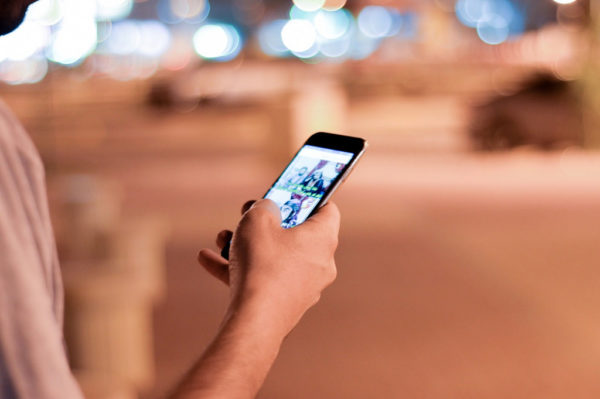Quick and accurate diagnosis is key to providing the correct treatment and prolonging a person’s life and well-being. In developing countries, inefficient and scarce diagnostic testing has proven to be a barrier to providing proper care and slowing down the spread of disease. Diagnostic tests can take multiple hours for results and can range from $50 (HIV diagnostic test) to almost $100 per test (testing for Ebola). Many of the tests, such as the diagnostic test for Ebola, require advanced technology and equipment that is not readily available in many developing countries. However, a new advancement in biosensing technology has shown a lot of promise in revolutionizing diagnostic tests.
Researchers at Florida Atlantic University have created a new biosensing platform made of cheap materials, such as plastic film and cellulose paper. The new materials to make these biosensors are extremely important because they allow the cost of diagnostic tests to be lowered, thus increasing the number of biosensors available. The new biosensing creation can detect the presence of pathogens, such as HIV and E. coli, in a single drop of blood. After the test is done and pictures are taken using a smartphone or any device, the biosensor can be easily and safely disposed of by burning it.
Image Source: Science & Society Picture Library
The researchers are currently working to expand the different types of pathogens the biosensing platform can detect. One version of the device that they are currently developing will allow people to test for the Ebola virus in greatly affected places such as West Africa. A big benefit of this type of biosensing is that nurses and doctors will be able to take pictures of the biosensor using a smartphone and send the pictures to clinics and hospitals for immediate diagnoses. Scientists have also created an app that can determine the different bacteria and pathogens in the blood using pictures on a cellphone. The app can speed up the diagnosis process by several hours, hopefully aiding in faster treatment of affected individuals.
This new type of biosensing is still in its infancy stage. There is a lot of room for growth, and many researchers hope that this new biosensing platform can revolutionize health monitoring and disease diagnosis. Biosensors provide hope for solving the problems of diagnosis in developing countries.
Feature Image Source: Hamza Butt










